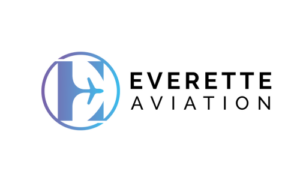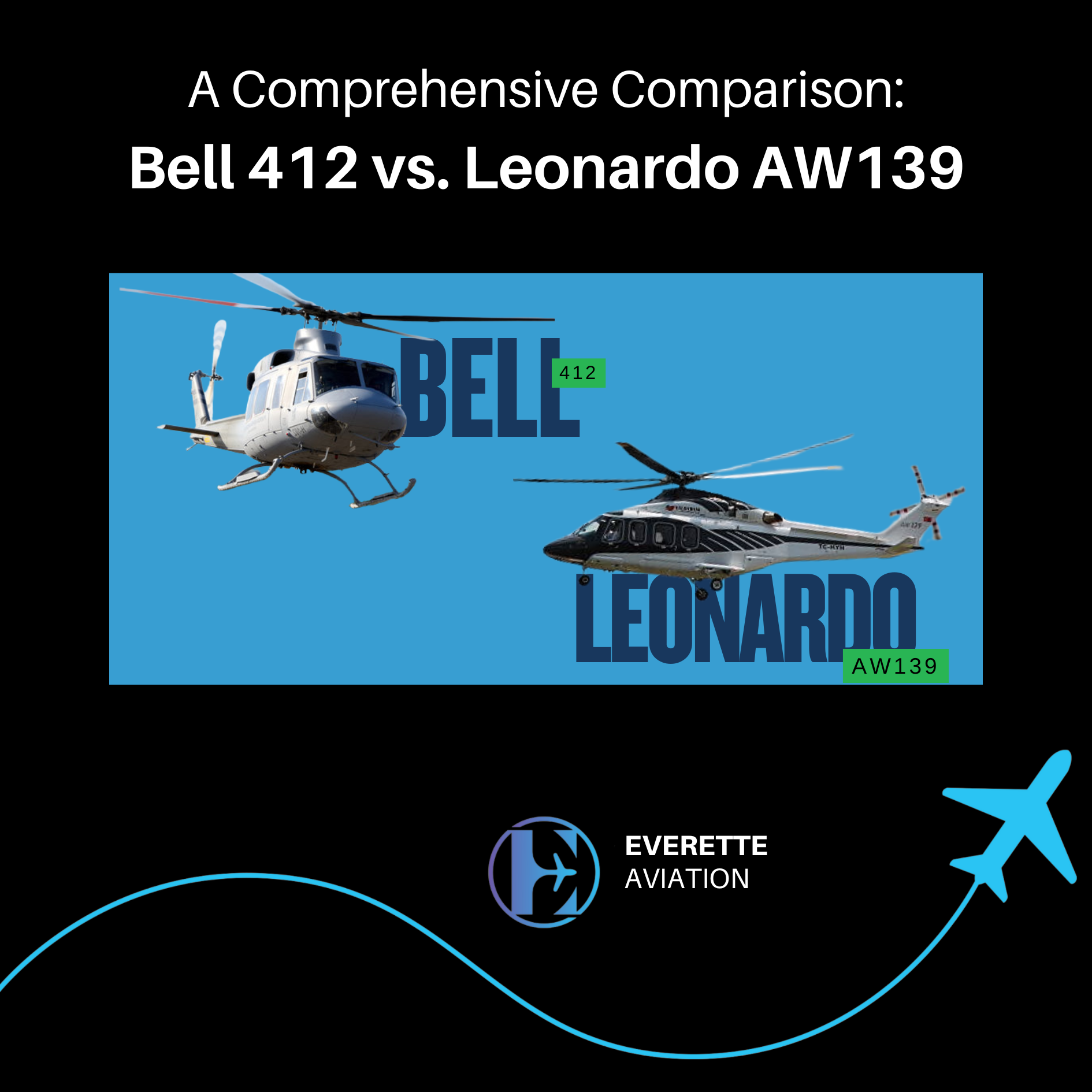The light single-engine helicopter market is highly competitive, with several manufacturers offering versatile aircraft aimed at a range of missions from utility and law enforcement to executive transport and EMS. Among the most prominent in this category are the Bell 407, Airbus H125 (formerly AS350 B3e), Leonardo AW119 (Koala/Kx), and MD Helicopters MD 600N. This article offers an in-depth comparison of these rotorcraft, focusing on their performance, design, versatility, and market appeal.
Overview and Heritage
Bell 407
Introduced in 1995, the Bell 407 evolved from the Bell 206L LongRanger, inheriting the reliability of the 206 series while incorporating a four-blade rotor system and more powerful engine. It’s a multi-role utility helicopter popular in corporate, parapublic, and offshore markets.
Airbus H125 (AS350 B3e)
Formerly known as the Eurocopter AS350 B3e, the H125 is a direct descendant of the Aerospatiale “Squirrel” series, known for its hot-and-high performance. It has dominated utility operations in mountainous regions and remote locations worldwide.
Leonardo AW119 (Koala/Kx)
Leonardo’s AW119 is unique as the only light single-engine helicopter designed with twin-engine architecture in mind. It offers greater internal space, higher payload, and an IFR-capable variant (AW119Kx), bridging the gap between light singles and twins.
MD Helicopters MD 600N
Developed from the MD 500 series, the MD 600N is a stretched, six-passenger variant featuring the unique NOTAR (No Tail Rotor) anti-torque system. This system enhances safety and reduces noise, making it ideal for urban and law enforcement operations.
Performance Comparison
| Feature | Bell 407 | Airbus H125 | AW119 Kx | MD 600N |
|---|---|---|---|---|
| Engine | Rolls-Royce 250-C47B | Safran Arriel 2D | Pratt & Whitney PT6B-37A | Rolls-Royce 250-C47M |
| Max Cruise Speed | 133 knots (246 km/h) | 137 knots (254 km/h) | 137 knots (254 km/h) | 140 knots (259 km/h) |
| Max Range (no reserves) | 337 nm (624 km) | 340 nm (630 km) | 515 nm (954 km) | 431 nm (798 km) |
| Service Ceiling | 20,000 ft | 23,000 ft | 15,000 ft | 20,000 ft |
| Useful Load | 2,347 lbs (1,065 kg) | 2,290 lbs (1,038 kg) | 3,325 lbs (1,508 kg) | 2,330 lbs (1,057 kg) |
| External Load Capacity | 2,646 lbs (1,200 kg) | 3,086 lbs (1,400 kg) | 3,086 lbs (1,400 kg) | 2,500 lbs (1,134 kg) |
Highlights:
-
H125 leads in high-altitude performance and lifting capability.
-
AW119 excels in payload and IFR capability, unusual for a single-engine platform.
-
MD 600N offers the fastest cruise and benefits from the quiet, safe NOTAR system.
-
Bell 407 balances performance, comfort, and operating cost.
Cabin and Comfort
Bell 407
Offers a spacious cabin for up to 6 passengers, with a flat floor, wide doors, and a quiet ride thanks to the four-blade rotor system. It’s well-regarded in executive and utility configurations.
Airbus H125
Though slightly narrower, the H125 provides modular seating for up to 6 and excellent visibility. The flat floor and rear clamshell doors are especially valued in utility missions.
AW119
Provides the most spacious cabin among its peers, accommodating up to 7 passengers. Its large rear doors and versatile cabin layout make it ideal for EMS and VIP roles.
MD 600N
Though smaller internally than the AW119 and Bell 407, the 600N offers decent passenger capacity (6 + pilot) and a quieter cabin experience due to the absence of tail rotor noise.
Technology and Avionics
-
Bell 407GXi: Features Garmin G1000H NXi integrated avionics suite, with optional autopilot and advanced navigation tools.
-
H125: Available with the Garmin G500H TXi or new digital cockpit options, but generally more analog-focused in utility roles.
-
AW119Kx: Offers a full IFR-capable Garmin G1000H flight deck—a standout in this class.
-
MD 600N: Avionics tend to be more traditional or mission-specific; lacks the integrated IFR suites of its competitors.
Operational Roles
| Role | Bell 407 | H125 | AW119 | MD 600N |
|---|---|---|---|---|
| Utility / External Lift | ✓✓ | ✓✓✓ | ✓✓ | ✓✓ |
| EMS | ✓ | ✓ | ✓✓✓ | ✕ |
| Executive Transport | ✓✓ | ✓✓ | ✓✓✓ | ✓ |
| Law Enforcement | ✓✓ | ✓✓ | ✓✓ | ✓✓✓ |
| Offshore Operations | ✓✓ | ✓ | ✓✓ | ✕ |
Maintenance and Operating Cost
-
Bell 407: Known for low DOCs and ease of maintenance; widely supported globally.
-
H125: Strong aftermarket support and reliability; maintenance costs vary with mission profile.
-
AW119: Slightly higher costs due to more complex systems and larger size, but offset by capabilities.
-
MD 600N: Unique NOTAR system reduces tail rotor maintenance but can raise parts and training costs.
Market Position and Summary
| Aircraft | Strengths | Considerations |
|---|---|---|
| Bell 407 | Balanced performer, easy to maintain, versatile | Not the top performer in any one category |
| Airbus H125 | Excellent hot/high lift, rugged, proven | Cabin size slightly smaller; less luxurious finish |
| AW119 | Largest payload and cabin, IFR capable | Higher acquisition and operating costs |
| MD 600N | Quiet, fast, urban-friendly, safe tail design | Limited support, niche appeal, smaller cabin |
Conclusion
The best helicopter among these depends on mission priorities:
-
For mountain flying, external load work, or rugged utility: the Airbus H125 is a proven, high-performing workhorse.
-
For VIP transport or EMS with an emphasis on space and IFR capability: the AW119 Kx stands out.
-
For a balance of performance, reliability, and broad utility: the Bell 407 is a solid, cost-effective choice.
-
For urban operations with low-noise requirements: the MD 600N offers a unique advantage with its NOTAR system.
Each of these helicopters brings unique strengths to the table, and operators must consider their specific mission, budget, and support ecosystem when choosing between them.







